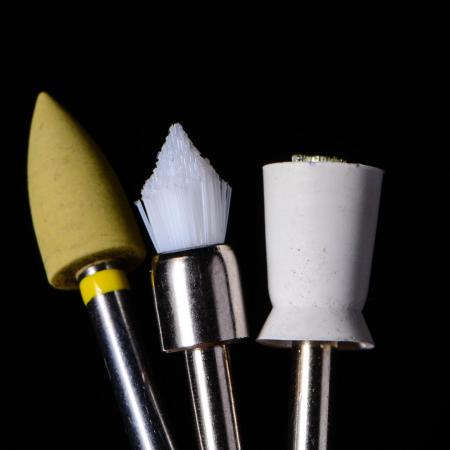Lasnamäe Hambakliinik ©2023 All Right Reserved. Designed and Developed by Designation
Treatment of gum diseases
Treatment of gum diseases consists of removal of different deposits (tartar) from teeth. We use different devices and methods for removal. A bacterial film that grows on the tooth surface causes gum inflammation or gingivitis. The first sign of inflammation is gingival bleeding (as a result of brushing teeth) as well as an unpleasant odour and taste in the mouth. Inflammatory gum pockets are good soil for bacteria, enabling them to spread to other parts of the body and aggravate several systemic diseases.
If gum diseases are left untreated
(i.e. dental plaque is not removed), the dental attachment tissue starts to disintegrate. The gum detaches from the tooth and the resulting deep gum pockets are a suitable environment for bacteria that destroy the jawbone.
The causes of acute gingivitis are not always clear, but usually the reason is a general decrease of host resistance due to systemic diseases.
Periapical (the area around the dental root) inflammation is characterised by gingival bleeding and unpleasant mouth odour as well as gum swelling, abscesses in gum pockets and loose teeth.
However, the prevalent trend in modern dentistry is disease prevention and therefore gum treatment is complex and is primarily focused on investigating the disease causes, teaching proper oral hygiene, shaping a personal oral hygiene program and check-ups. One prerequisite for preventing and healing gingivitis is good daily oral hygiene at home.

Lasnamäe Hambakliinik OÜ
Licence nr. L01471
- Tähesaju 14, 13917 Tallinn, III floor
- info@lasnamaehambakliinik.ee
- +372 602 4900
